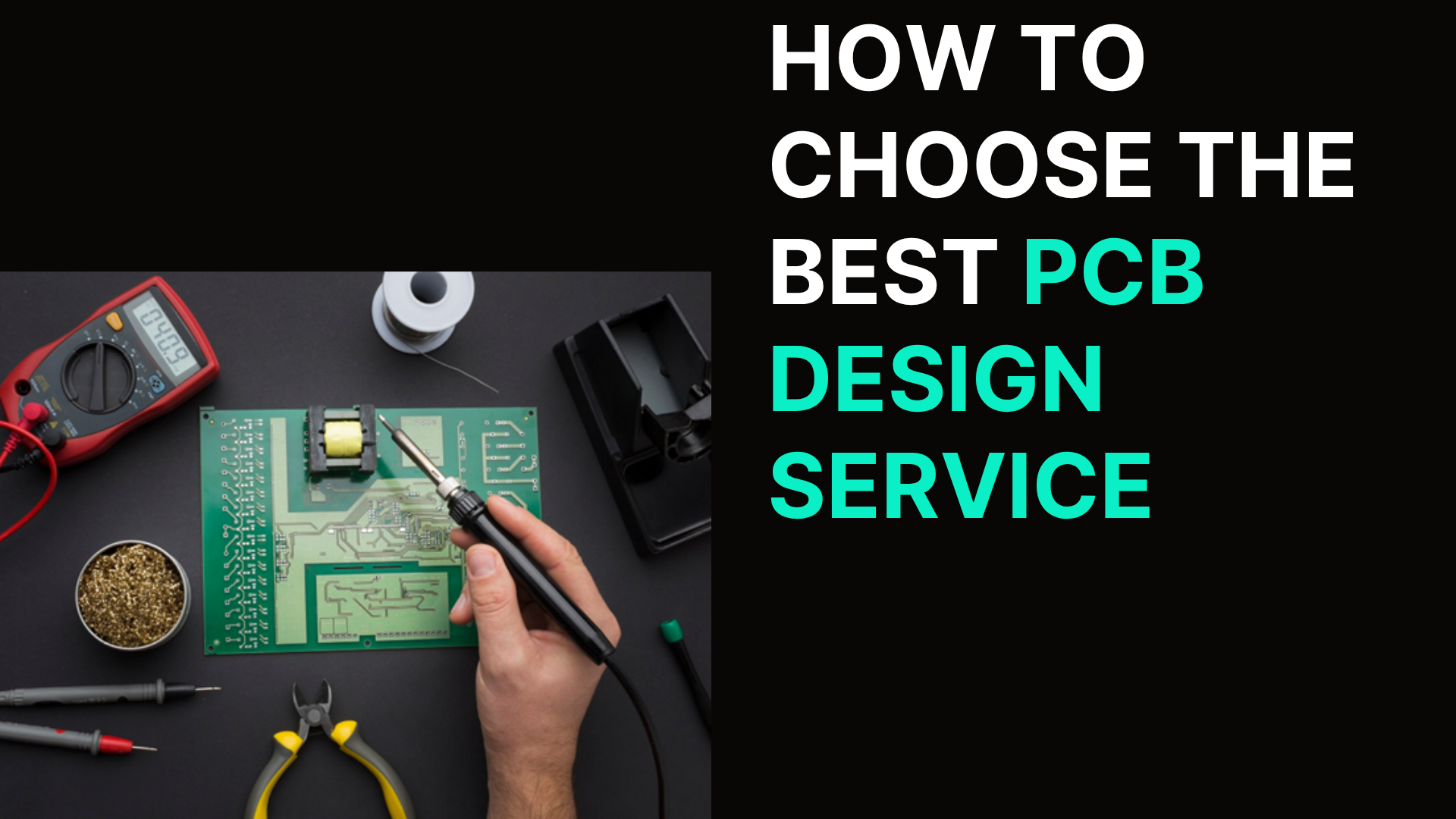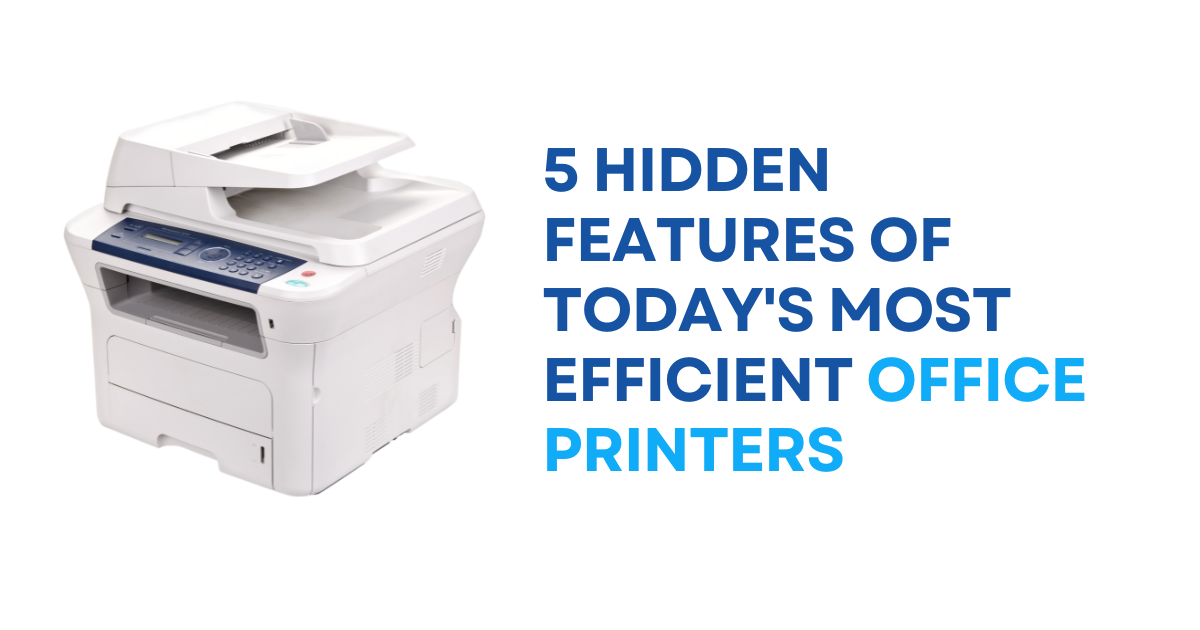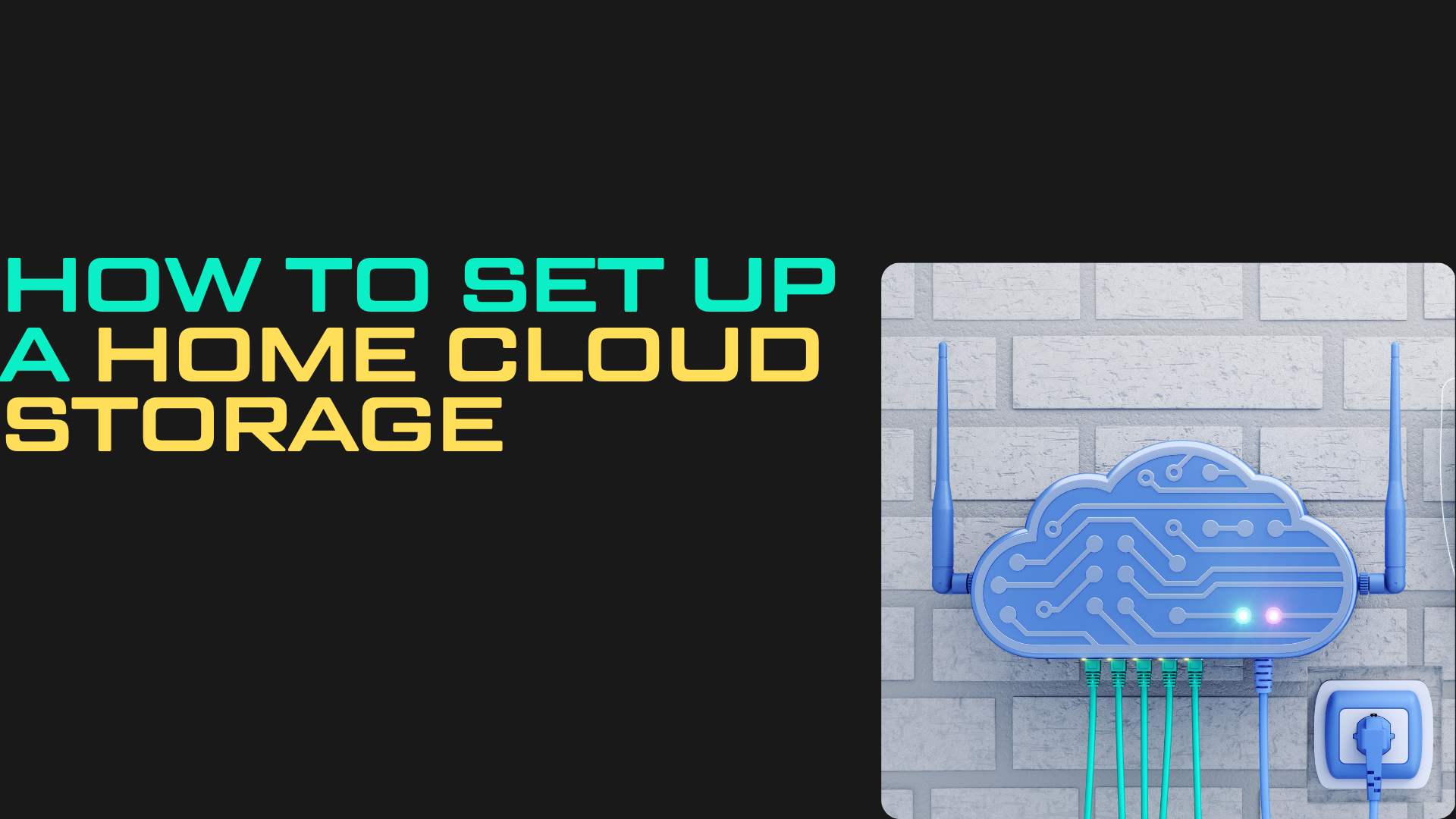Printed circuit boards (PCBs) drive the functionality of nearly every electronic product, and finding the right PCB manufacturer is essential. Whether you’re building automotive systems, wearables, or industrial controls, your product’s performance depends on a well-designed PCB that meets your specific needs. Picking a PCB design partner shouldn’t be an afterthought – it’s a decision that can fast-track your timeline or drag it through avoidable setbacks.
A partner offering a complete range of PCB services, including PCB manufacturing, can manage every aspect of your project from design to delivery, ensuring a streamlined process and enhancing overall satisfaction.
Too often, teams focus on price tags and overlook what actually makes a design partner reliable. You need someone who understands your goals in the design process, gets the engineering right, and won’t disappear when prototypes start acting up. Let’s get into what to look for in PCB design and production process.
Start With Industry-Specific Experience
If you’re designing for a regulated or high-reliability sector – medical, automotive, defense – don’t gamble on generalists. You want a partner who’s been through those design cycles, understands compliance nuances, and can handle tight tolerances, especially when selecting components, without flinching.
A partner with the necessary technical capabilities can handle the complexities of your project, ensuring that all technical requirements are met efficiently.
For example, a partner with medical device experience will already know how to navigate ISO 13485 standards, understand the importance of traceability, and be comfortable designing for harsh sterilization environments. In automotive, they’ll expect to follow AEC-Q100 guidelines and handle temperature and vibration considerations from the start.
Some PCB design services, like those offered by Conclusive Engineering, cater specifically to industries with these kinds of technical and regulatory demands. That kind of experience means fewer surprises later in the process.
They’ll already know the pain points. That cuts down on the back and forth. You’ll waste less time explaining what’s considered standard in your industry. They’ll also be better at foreseeing what can break things later, both electrically and during certification.
Know What Skills Actually Matter
PCB layout is more than drag-and-drop. High-speed signals, mixed-signal layouts, and sensitive analog paths need someone who knows what they’re doing. Look for these specific capabilities:
* Signal integrity analysis and controlled impedance routing
* Proper grounding and power distribution
* Stack-up planning for multi-layer boards
Design precision is key in PCB design, and utilizing advanced PCB design software with a user friendly interface can significantly enhance the accuracy and efficiency of your projects.
These aren’t just nice-to-haves – they directly affect product reliability. For example, without well-managed impedance, your DDR memory lines might fail functional tests. Poor grounding can wreak havoc on analog sensors or create noise in your power supply. And incorrect stack-up planning can mean signal crosstalk or heat dissipation problems.
When you’re narrowing down how to choose the best PCB design service for advanced products, you need engineers who can think beyond schematics and CAD tools. Ask about recent work that matches your complexity.
Make Sure They Understand Manufacturing
A great design that can’t be built is useless. Too many designs fall apart during fabrication because the layout team didn’t account for real-world tolerances or panel constraints. Good partners design with production and quality management systems in mind from day one.
They should be familiar with fabrication standards like IPC-2221 and common manufacturer rules for drill sizes, copper weight, and board thickness. They should also know when a design feature could cause cost spikes – like blind vias, edge plating, or exotic materials.
Understanding the manufacturing process, including the equipment used, can provide insights into production efficiency and help avoid common slip-ups.
If they’re working closely with a board house – or better, have one in-house – you’ll avoid common slip-ups like wrong drill sizes or incompatible finishes. Fewer surprises mean faster prototyping and cleaner handoffs.
If they’re working closely with a board house – or better, have one in-house – you’ll avoid common slip-ups like wrong drill sizes or incompatible finishes. That level of integration often extends beyond the board itself and into PCB assembly, streamlining the transition from bare board to fully populated unit. It’s especially helpful for PCB projects with tight timelines or evolving design requirements, where every production round counts.
Want to stay on schedule? Then when you’re figuring out how to choose the best PCB design service, put manufacturing know-how near the top of the list.
Assess Their QA Process
You’re not just trusting someone to draw lines. You’re trusting them to design a board that works under real conditions. That’s why quality control matters.
A solid partner will:
* Run thorough DRC (Design Rule Check) and ERC (Electrical Rule Check) validations using reliable tools
* Validate mechanical fit with enclosure models and 3D previews
* Conduct comprehensive testing to ensure functionality, performance, and reliability
* Simulate thermal profiles and analyze voltage drop or current bottlenecks where needed
* Have a track record of satisfied customers, showcasing their commitment to quality and reliability
Good QA practices don’t just catch obvious issues – they prevent cascading problems later. If a trace is too narrow for your current load, or your copper pour causes unintentional antennas, a partner with real QA procedures will flag that long before fabrication.
These checks help prevent issues from crawling into your prototypes and blowing up your budget. If their QA sounds vague or like an afterthought, walk away.
Check Communication Style and Project Support
Even solid engineering can fall apart with bad communication. You need a partner who replies quickly, brings issues to your attention without prompting, and doesn’t just vanish after delivering files.
Reliable manufacturers provide dedicated customer support throughout the entire process, ensuring that clients receive updates and assistance from the initial inquiry to the final product shipment.
The best teams keep you in the loop, adapt when specs shift, and don’t shy away from troubleshooting. Ask if they offer support during board bring-up – things like identifying soldering issues, debugging shorts, or reviewing oscilloscope captures. That kind of hands-on follow-through makes a difference.
If you’re wondering how to choose the best PCB design service for fast-moving teams, pay attention to how they talk, not just what they show. Efficiently handling scope changes, supporting you during board bring-up with complex designs, and staying involved through production are key factors to consider.
Ask early: How do they handle scope changes? Can they support you during board bring-up? Will they stay involved through production?
Tools and Workflow Compatibility Matter More Than You Think
If your team runs Altium and your partner insists on using outdated or incompatible tools, you’re signing up for conversion problems. That wastes time, introduces errors, and frustrates everyone.
You want:
* Alignment with your existing toolchain (e.g., Altium, Altium Designer, OrCAD, KiCad)
* Version control compatibility for multi-engineer collaboration
* Cloud collaboration platforms like Altium 365 or Upverter for real-time feedback and signoffs
Even something as simple as matching grid sizes and design libraries across tools can prevent dozens of minor but annoying issues. Workflow mismatches slow everything down, especially during revisions.
When thinking through how to choose the best PCB design service, don’t skip the workflow discussion. Tools that don’t play nice can drag your process to a crawl.
Remember, efficient management of design files is one of the keys for ensuring quick turnaround times and minimizing errors during the design process.
Clarity on Cost and Change Management
Cost matters, but vague pricing is worse than expensive quotes. A real partner explains where your money goes and how things scale as complexity grows.
Understanding the costs associated with PCB manufacturing, including potential hidden fees, will help you avoid any unexpected expenses.
Ask questions like:
* How do they price fine-pitch, BGA, or multi-layer designs?
* Are revisions billed hourly or flat-rate?
* Can they handle volume changes without shifting timelines?
Also ask about their revision policy. Some charge steeply for every change, others build a few cycles into the contract. You want a partner who plans for iteration, not one who nickel-and-dimes every update.
Transparency saves you headaches later. And when you find yourself deciding how to choose the best PCB design service without getting burned financially, clear pricing terms are non-negotiable.
Pick a Team That Grows With You
You don’t want to switch partners every time your product evolves. The best PCB design partners scale with your needs for the next project – moving from early prototypes to test builds, then low- and high-volume runs.
A team that’s seen multiple product lifecycles and projects will know when to suggest panelization, when to update footprints for production assembly, and how to streamline rework in version two. That experience makes development faster and easier down the line.
Ask if they’ve worked with startups that turned into large accounts. Can they handle product refreshes or design variations down the road? Will they be there six months after tape-out when something needs rework or redesign?
If they’re only interested in a one-off job, keep looking for other PCB designers.
Final Thoughts
Finding the right PCB design partner isn’t about checking boxes or chasing the lowest quote. It’s about choosing someone who understands your tech, communicates well, and helps your business get to market with success and confidence.
Evaluating a company's reputation through client references and online reviews can provide insights into their reliability and commitment to quality.
Great hardware starts with great design. And once you’ve got a team you trust, every new project gets easier to build, test, and scale. No smoke, no mirrors – just solid engineering from the start.

















Post Comments